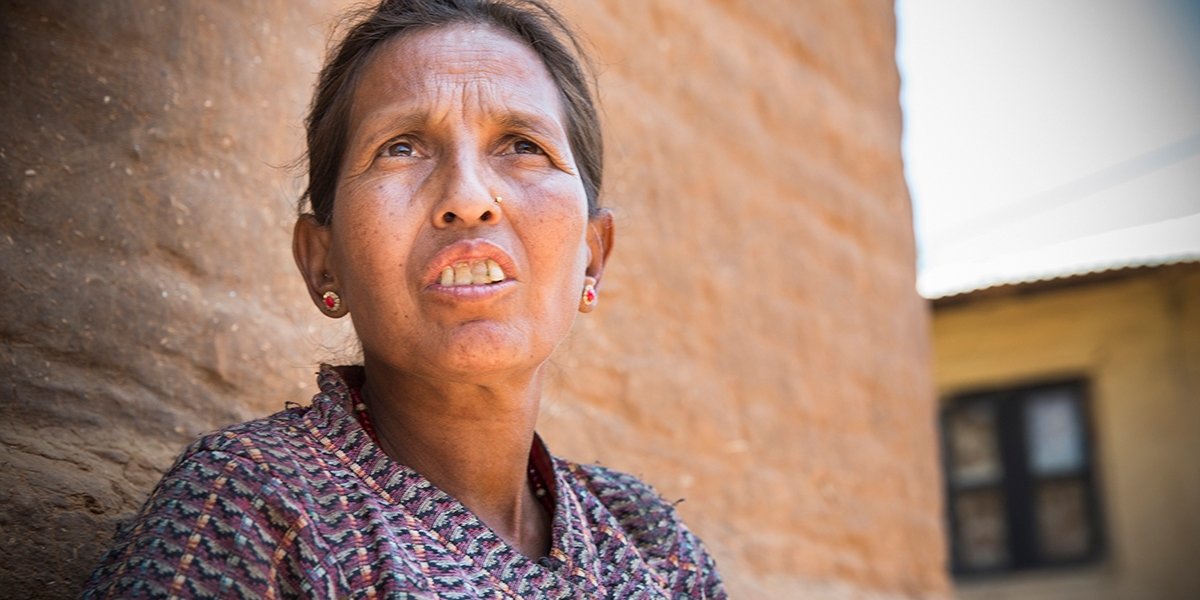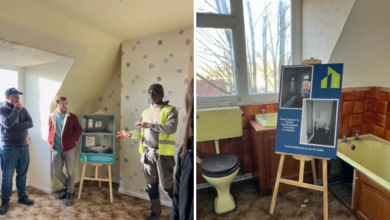

The Story of Weaving Bamboo
This project aimed to empower and support working women and mothers in Nepal, all while providing eco-friendly and sustainable housing in the country. Many went on to establish their own small business afterwards or join one of the bamboo-related businesses set up in the process.
The video below is a perfect example of a Habitat for Humanity project in that it isn’t just about building homes, providing training or even creating jobs. We look at the bigger picture to help develop the market and the economy.
So on top of organising workshop to help local Nepali women to learn the art of weaving bamboo, we also worked with local partners to develop plantations, arts and crafts businesses, and a production and treatment centre to turn the bamboo into an extremely resilient building material.
The below is a transcription of the video
1. Bamboo plantations
Our team in Nepal has been supporting plantations in the area of Jhapa, with around 78,000 bamboo planted in 24 plantations.
“We didn’t have any knowledge in bamboo cultivation. This land was used for livestock grazing. Before we had the bamboo plantation, we were unable to reap the harvest of all our hard work.
Selling and weaving bamboo has alleviated our financial burden. On the social front, we are able to assist those who are affected by earthquakes and floods.
We learned to weave bamboo stools from the skill training. Since then we are able to earn more income. We are hopeful for our future. We look forward to well-established systems to continue what we are doing.”
2. Bamboo crafts
We’ve organised 17 workshops to teach young women and mothers the practice of weaving bamboo and crafts. Hundreds of local women, many of whom became entrepreneurs and small business owners later on, have participated in trainings, improving their skills and offering them new sources of income.
“Before we didn’t weave these trays, we had no knowledge about how to weave bamboo. Now I’m capable to work and earn, I can budget both my time and earnings. It feels good to earn by ourselves.
My husband and I are the ones working. Our children go to school so we don’t spoil their future involving them in work.
I used to work on farms too, my children are growing up and we needed money for their education. Since our earning was not enough, I learned how to weave and work on this.”

3. Bamboo production centres
The Habitat Nepal team helped build bamboo production centres where bamboo is cut, sized and treated – providing quality material for construction and generating income for local families.
“First the bamboo arrives, then we sort it and store it in our facility. We then cut the bamboo according to the size of the house. The cut bamboo is sent for treatment and the rest of it is cut into bamboo splits.
These bamboo splits will also be chemically treated, then stored in the facility. After storage we supply the market depending on demand.”
4. Weaving Bamboo in order to Build Housing
We’ve also organised 12 construction trainings on bamboo housing. Almost 150 houses have been built so far, providing women-led families a safe and decent place to live, learn and grow.
“Before, our house was run down. We used to share space with the cattle, all in the same space. The situation at home was difficult. When I remember my past, I feel like weeping. During monsoon, water used to leak through the roof and the thatched walls. The whole house was basically made of thatch.”
Most women participated in the construction of their own homes, while others also took part in the building for training purposes. Women are making money after this training. Construction has become a reliable way to earn a decent living.”
Habitat for Humanity does not attempt to impose foreign techniques in any country, on the contrary we focus on developing traditional and innovative techniques for which:
- The materials are resilient, affordable and easily available
- Guarantee a safe and decent place to live: rain-proof, with electricity, running water and toilets
“The biggest change after we built this house was having a proper place to sleep and stay.”





Comments